First aid can mean the difference between life and death. As a person conducting a business or undertaking (PCBU), you have specific obligations relating to the provision of first aid at your workplace.
Workplace violence and aggression is when a person is abused, threatened or assaulted at the workplace or while they’re working.
Many people have jobs that require them to work outside. As a worker, you may be exposed to health and safety risks due to the hazards from working outside.
Each year slips, trips and falls cause thousands of preventable injuries.
Working alone or remotely can increase the health and safety risks of any job. Workers may be isolated from support and assistance because of where or when they’re working, or the nature of their work they are doing.
Most jobs involve some psychosocial hazards. These are the hazards that can harm workers’ mental health.
Most jobs involve doing some kind of manual tasks. These include lifting, pushing, pulling or carrying.
Fatigue is a state of physical, mental or emotional impairment. Fatigue can develop over the short or long term, can prevent people from functioning safely and can have health effects on workers.
Using cranes is complex and dangerous. Every year there are injuries and deaths from work involving cranes.
Workplace bullying is repeated, unreasonable behaviour directed at a worker (or group of workers).
Use this guide to manage cash-in-transit security risks for businesses and workers in the cash-in-transit industry.
This usually involves armoured or non-armoured vehicle operations.
Use this guide to manage risks to workers in cable logging operations.
Cable logging is a method of extracting timber or yarding system using a stationary machine.
This guide is part of a collection of guides on:
This guide was developed and published prior to amendments to the model WHS Regulations in 2022. The guide is an archived document and is provided for background only.
Workplace bullying is a risk to health and safety. It can occur wherever people work together in all types of workplaces. It is best dealt with by taking steps to prevent it from occurring and responding quickly if it does occur.
This model Code of Practice has been developed to provide practical guidance on how to manage health and safety risks associated with hazardous chemicals for persons conducting a business or undertaking who use chemicals in their workplace.
This model Code of Practice has been developed to provide practical guidance for persons who have duties to manage risks to health and safety under the WHS Act and Regulations applying in a jurisdiction.
If you’re a person conducting a business or undertaking (PCBU), this model Code of Practice provides practical guidance on how to effectively consult with workers about work health and safety and meet your duties under the work health and safety (WHS) Act.
Introduced by SafeWork SA’s Bryan Russell, this video outlines the ‘Seven Steps for Small Business’ approach from the South Australian work health and safety regulator.
Watch this video to see two young workers going about their day’s work, and how their interactions with their supervisors can have such an effect on the outcome – for good or bad.
